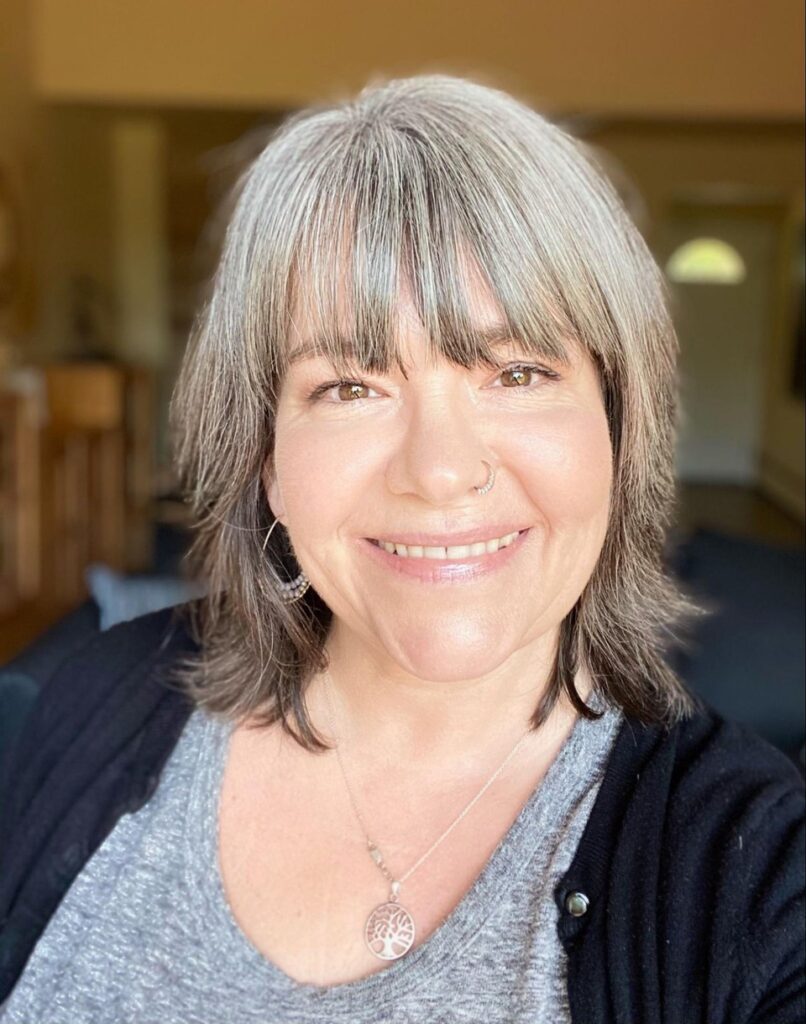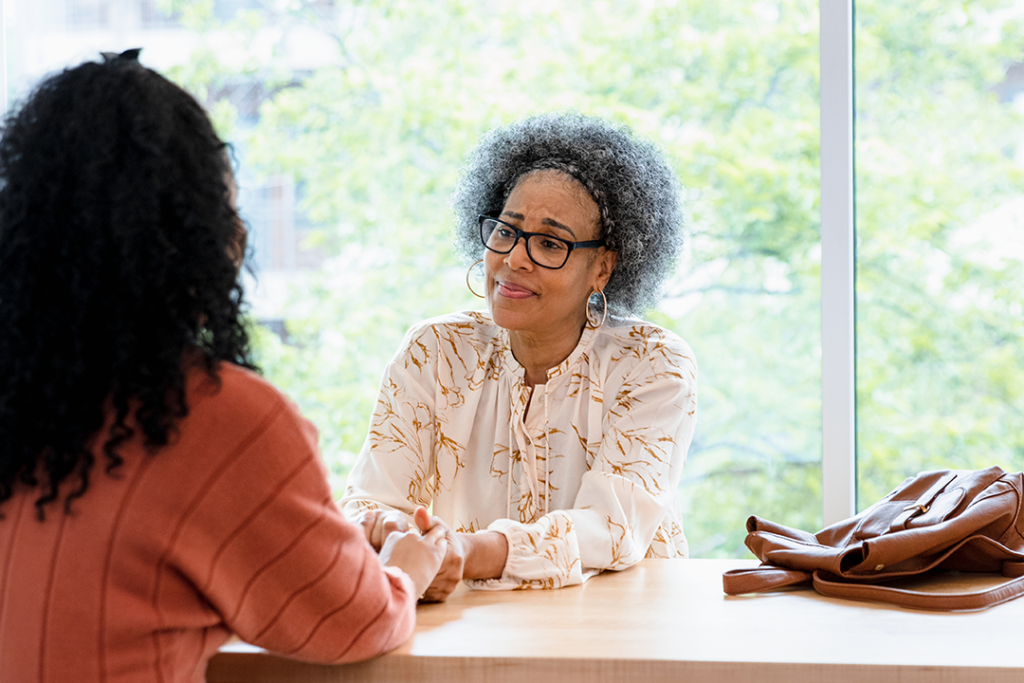Online Master of Social Work Articles
In our article library, you can find insights and news about our M.S.W. online option and read profiles of our expert faculty. You can also gain a deeper understanding of clinical social work, potential career paths and the myriad ways that the VCU Social Work program’s graduates are making a positive impact on the lives of individuals, families and communities.
Online Master of Social Work Articles
In our article library, you can find insights and news about our M.S.W. online option and read profiles of our expert faculty. You can also gain a deeper understanding of clinical social work, potential career paths and the myriad ways that the VCU Social Work program’s graduates are making a positive impact on the lives of individuals, families and communities.






